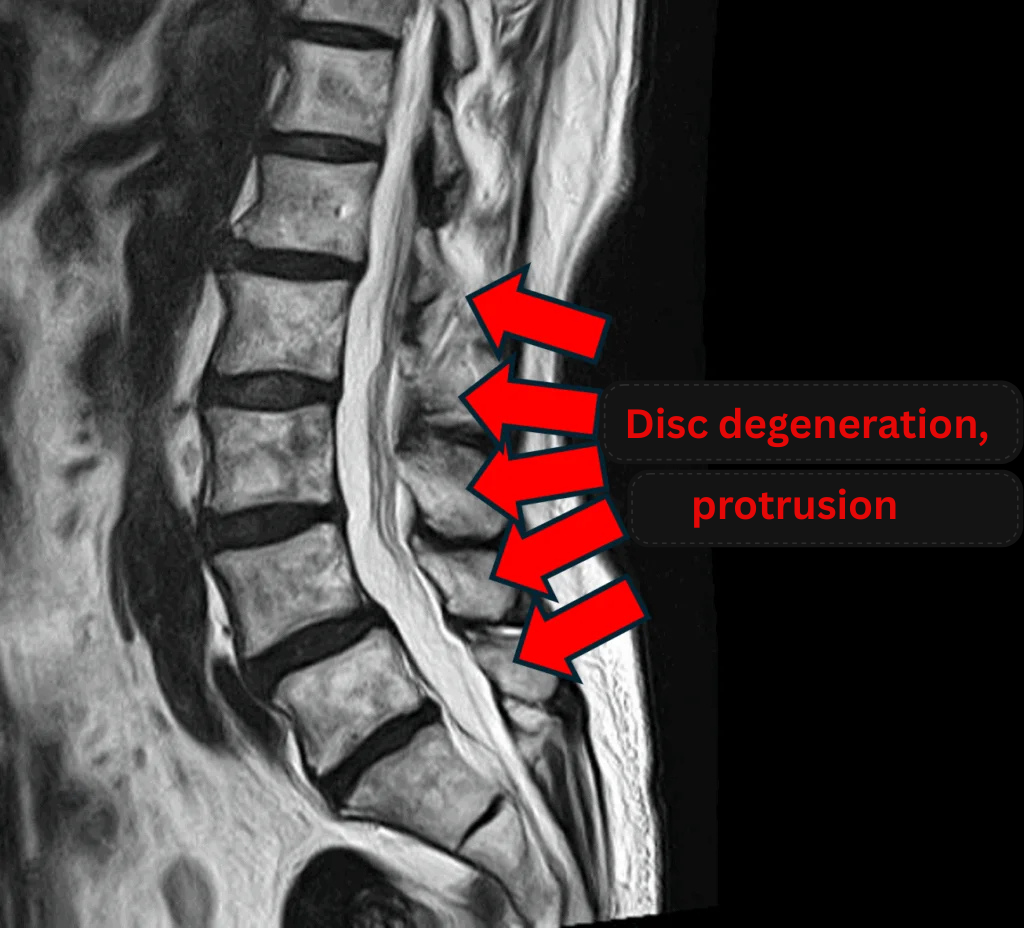Column Treatment Case Report No. 188| ILC International Lumbago Clinic (Osaka Clinic)
October 28, 2025
The patient
A male patient in his 70s.
The patient’s medical history to date
For many years, the patient had a tendency to lean forward when standing, with the body tilting to the left.
Although he experienced lower back pain several years ago, the pain had subsided relatively quickly each time.
Approximately nine months ago, the back pain worsened. Two months ago, after a fall, he became unable to walk. (He had experienced several falls prior to that as well.)
He was hospitalized for about one month for rehabilitation, but reported no improvement.
His primary physician diagnosed spondylolisthesis as the cause of his back pain and prescribed medication, which had limited effect.
Because he also experienced weakness in the lower limbs, he was referred to a neurosurgeon, but was told that it was not due to a stroke.
The patient then visited our clinic seeking symptom improvement.
Pre-treatment symptoms
| Activity | Degree of Difficulty |
| Turning over in bed | Slightly difficult |
| Standing up | Slightly difficult |
| Washing face | Slightly difficult |
| Maintaining half-sitting or standing posture | Very difficult |
| Sitting for long periods | Easy |
| Lifting/holding heavy objects | Very difficult |
・Pain levels before treatment
| Lower back | Lower limbs | Numbness | Buttocks | |
|---|---|---|---|---|
| Pain level | 6 | 6 | 7 | 6 |
No pain at all is rated as 0, and the maximum possible pain is rated as 10.
Main areas of pain and numbness: lower back and buttocks..

Forward bending: no increase in pain
Backward bending: not possible
Lasegue’s sign: tightness in posterior thigh at a 40° angle
MMT (manual muscle testing): grade 4
Tenderness: L4/5 and L5/S on the right side
Coughing/sneezing: no aggravation
Additional explanations on our clinic’s medical examination
Imaging and findings

- L1/2, L3/4, L4/5: Disc Degeneration, Bulging, Foraminal Stenosis
- L2/3, L5/S: Disc Degeneration, Bulging
The above findings were also observed on the imaging.
These findings suggest that compression of the spinal canal at L1/2, L3/4, and L4/5 is the most likely cause of symptoms.
Treatment
After consulting with the patient, the Cellgel Method was performed on L1/2, 3/4 and 4/5.
The treatment was performed by Dr. Ohara.

The treatment took about 20 minutes.
This is an image of the Discogel inserted into the intervertebral disc.
The treatment took about 35 minutes.
After resting in the recovery room, the patient was able to walk home unaided.
Our clinic’s treatment method
Additional information about the Cellgel method we have introduced in this column.
Cost of the Cellgel method: 1,320,000 yen per area (including tax) to 1,760,000 yen per 5 areas (including tax)
Risks and side effects of the Cellgel method: Transient pain may occur after treatment. Nerve damage is not a zero possibility due to the very nature of the treatment, but there have been no reports of damage so far in either report cases or publications. There is a very small possibility of allergic reactions to local anesthetics. Symptoms may temporarily worsen during the first week or two after treatment. This is believed to be due to the decompression effect of the implant, which retracts the surrounding tissues. In addition, if the disc is almost completely collapsed, treatment may be difficult. The doctor hold a consultation with you during your visit to the clinic to determine the best treatment option for your condition.
For more detailed information, please refer to the following links:
Blog page explaining the Cellgel Method in an easy-to-understand manner
The Cellgel Method on our treatment methods page
This article was written by the Administrative Director of our clinic



